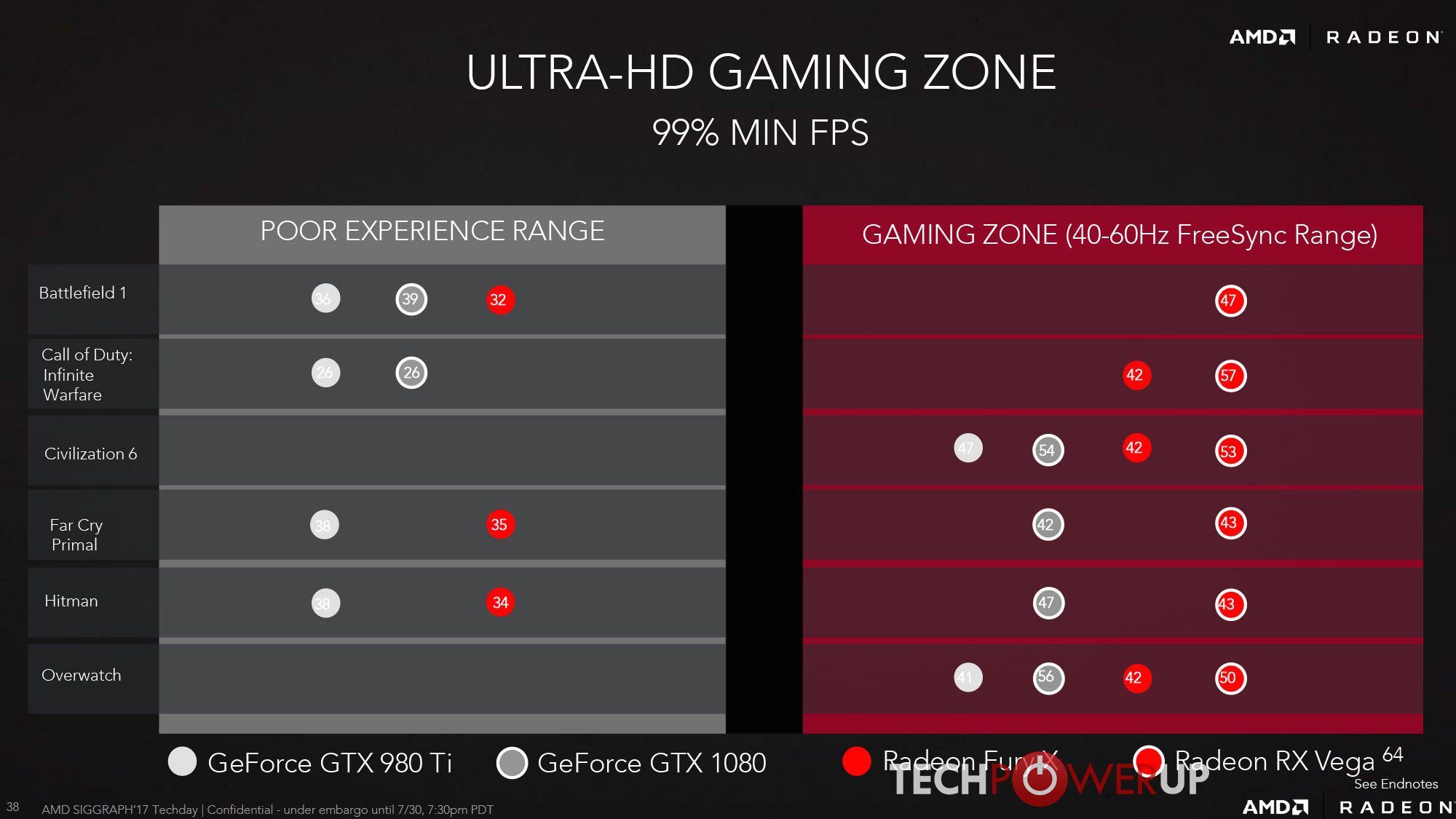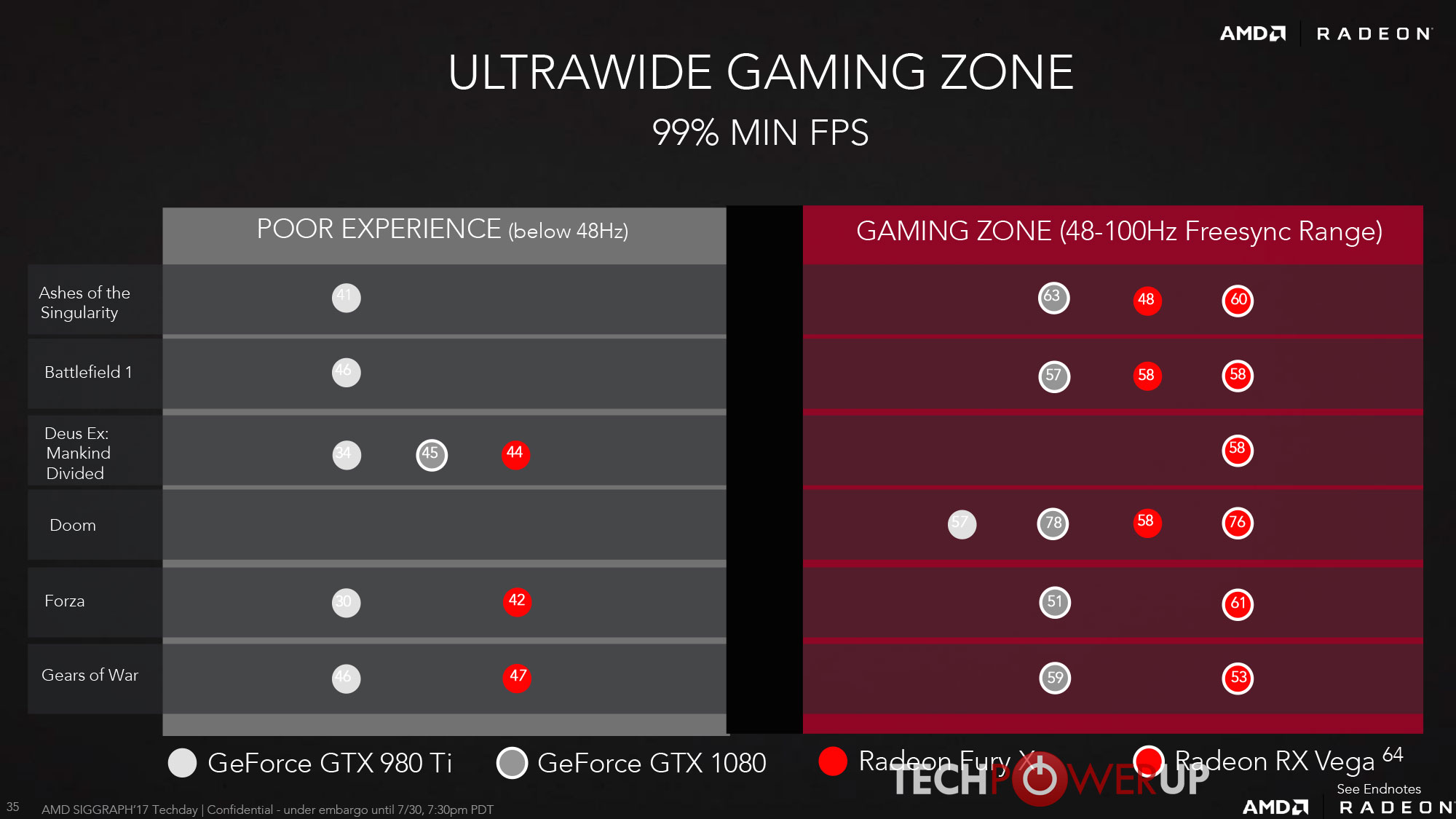Will Volta have fp16 too ? If so, yes, I don't see why Futuremark should ignoring this. It's a new feature...
For me its not about "ignoring". Feature Level 12_1 exists since September 2014 with Maxwell v2 and there doesnt exist anything with it from Futuremark. The same goes for nVidia's specific VR features like "Multi-res Shading" which isnt supported in VRMark but there are a few games with it.
It's just strange for me. Dont really care about it but it puts a shadow over their status between vendors.
/edit: It reminds me a little bit about the Jon Peddie report which got sponsored by AMD to showcase that AMD is powering most "gaming devices".



